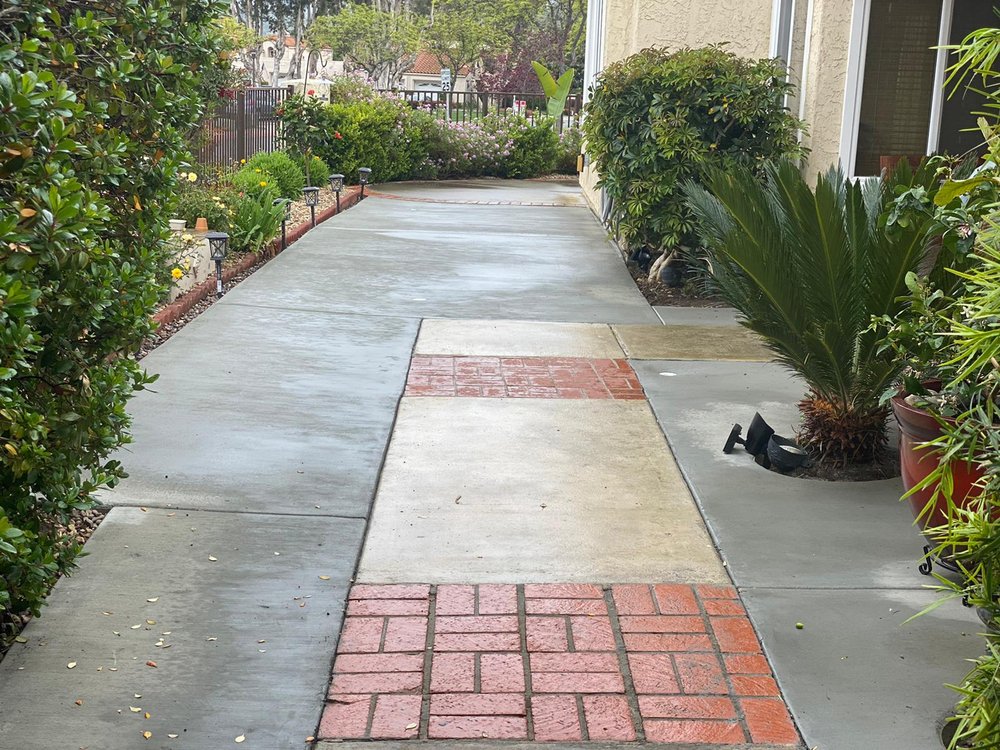How To Use Concrete For Pavements In Poway Ca?
With the continuous development in construction technologies, concrete has become a standard material for pavements. This widely used substance possesses resilience, durability, and long-term performance. However, achieving a perfect concrete pavement requires understanding its material properties, mix designs, and appropriate installation procedures. Here are seven tips to effectively use concrete for pavements.
- The quality of the concrete mix is crucial for a sturdy pavement. A mixture comprising Portland cement, fine aggregate, coarse aggregate, and water typically serves the purpose. Nonetheless, ensure the correct proportions to maintain the desired strength and durability.
- It is important to monitor the weather during installation. Pouring concrete in overly hot, cold, or wet conditions can affect its strength. A sunny and mild day is the most suitable for pouring concrete.
- An even and well-compacted subgrade is vital for the concrete to retain its form and prevent future issues such as cracking or sinking. Make sure that your subgrade has the correct moisture content and is well compacted before laying concrete.
- Control joints help prevent unsightly and random cracking by allowing the concrete to crack at predetermined locations. These should be placed at intervals equal to 2-3 times the slab thickness, with a recommended maximum spacing of 15 feet for a 4-inch thick slab.
- Curing is the process of maintaining satisfactory moisture content and temperature in the concrete for hydration to occur, thereby attaining the desired properties. Avoid hastening the process as it can compromise the concrete’s durability and strength.
- Applying a high-quality sealant protects the concrete from harsh weather conditions, oil and grease stains, and other substances that can wear it down over time. A good sealant also enhances the appearance of the pavement.
- While concrete pavements are robust and durable, periodic maintenance like cleaning and resealing is necessary to prolong its lifespan. Depending on its usage and the local weather conditions, resealing is typically required every few years.
FAQs
Can Concrete Pavement Be Laid During Winter?
Yes, it can, but it requires special precautions. The key lies in protecting the concrete from freezing until it reaches a compressive strength of at least 500 psi, which typically takes around 24 hours.
How Long Does It Take For The Concrete Pavement To Cure Fully?
While you can walk on the concrete after about 24-48 hours, it takes approximately 28 days for the concrete to reach its full strength. During this period, the concrete needs to stay properly hydrated and at the right temperature.
What Are The Signs That A Concrete Pavement Needs Resealing?
Signs that your concrete pavement might need resealing include fading of the surface, the appearance of minor cracks, and water absorption. If water no longer beads on the surface, it might be time to reseal.
Conclusion
Utilizing concrete for pavements can offer excellent durability and aesthetic appeal when done correctly. The key to long-lasting and visually pleasing concrete pavements lies in understanding the right mix, adequate curing, suitable weather conditions, and routine maintenance. By following these seven tips, you can create concrete pavements that serve their purpose and stand the test of time. For more information, contact Concrete Contractor Poway Ca at (858) 683-6565.
